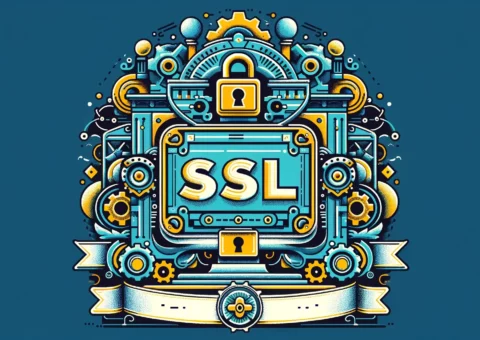What Is Certificate Pinning and How It Works?
Imagine you’re using a mobile banking app and just completed a transaction. You’d want that sensitive information to be secure, wouldn’t you? This is where certificate pinning plays a crucial role. It’s a security precaution employed by app developers to ensure that your data is communicated safely over the network. But what is certificate pinning, […]































